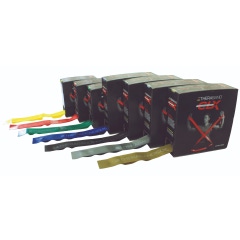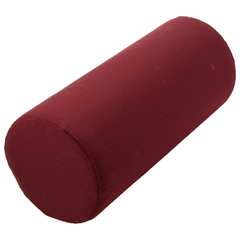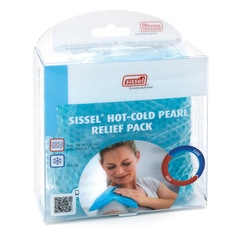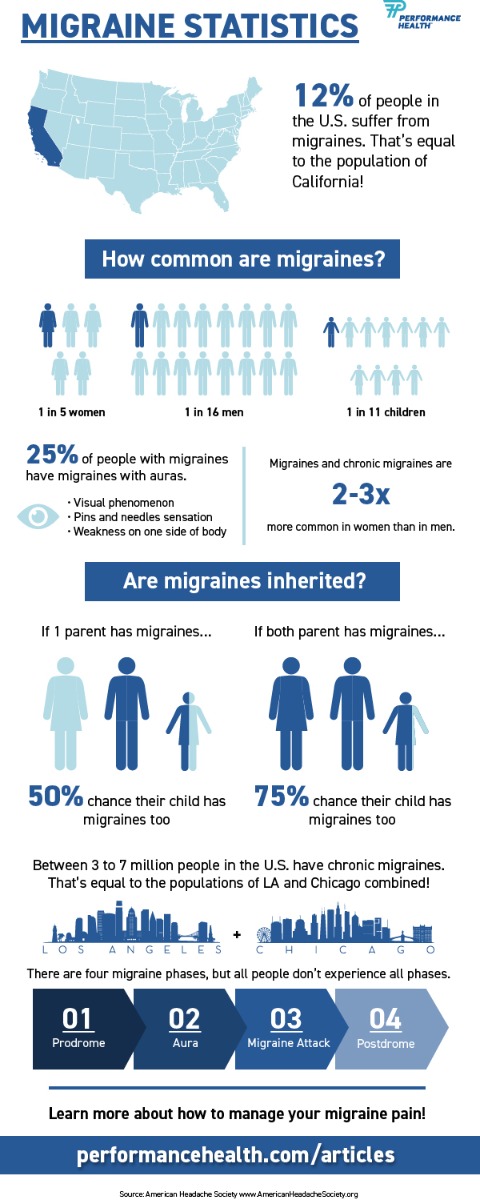Top Products in This Article
39 million men, women, and children in the U.S. suffer from migraines - that’s 12% of the country’s total population, nearly as many people as the population of California!1,2
For people suffering from migraines, this ailment isn’t just a headache that will fade in a few hours. It’s an extremely painful condition with additional symptoms. But there are options for relief!
Learn more information about migraines or skip ahead to find out about four treatment options beyond medication.
What is a migraine?
A migraine is a debilitating disease with throbbing headache pain and additional impairing symptoms (auras, nausea, etc.).
What is the difference between a headache and a migraine?
Tension-type headaches are the most common, making up 90% of all headaches.3 These headaches happen less often than migraines and usually only last a few hours. They are less painful than migraines and the pain is usually on both sides of the head. It may feel more like pressure than the throbbing pain of a migraine.
What are common migraine symptoms?
Common migraine symptoms include:
- Throbbing pain worse on one side of your head
- Pain that’s worse with physical activity/movement
- Photophobia (sensitivity to light)
- Sensitivity to sound
- Sensitivity to smells
- Nausea or vomiting
- Pain around your eyes and temples
- Pain around your face, neck, or jaw
- Tingling in your arm or face before the headache begins
- Auras (seeing wavy lines, flashes of light, or blindspots)
What causes a migraine?
The exact cause of migraines is unclear. Genetics and the environment are thought to play a part. Approximately 90% of people with migraines have a family history of migraines.1 Migraines can be brought on due to hormonal changes and triggers including weather, fatigue, stress, food, caffeine, or bright lights. Migraines affect everyone from children to adults. They are most common in women, who make up 85% of chronic migraine sufferers.1
What are the stages of a migraine?
Migraines occur in four stages. Not all migraine sufferers go through all of these stages.
1. Prodrome
The prodrome stage leads up to a migraine. It includes subtle symptoms that warn of an upcoming migraine including constipation, food cravings, neck stiffness, mood changes, increased thirst, increased urination, and frequent yawning.
2. Aura
Auras are common in approximately 25% of migraine sufferers.1 The aura’s symptoms may occur before or during your migraine. Symptoms typically start gradually and build, lasting twenty minutes to an hour.
Symptoms include:
- Vision phenomenon (flashes, bright spots, seeing various shapes)
- Vision loss
- Pins and needles sensation
- Hearing noises or music
- Weakness or numbness on one side of your body or face
- Difficulty speaking
- Uncontrollable jerking or other movements
3. Attack
The actual migraine typically lasts four to seventy two hours, if untreated. Depending on the person, migraines may occur rarely or several times a month.
4. Post-Drome
After your migraine ends, you may feel drained, tired, and confused for up to one day. Some people report feeling euphoria. Sudden movement may make the pain return briefly.
What are the different types of migraines?
1. Migraine without Aura (Common Migraine)
- Common type of migraine
- Has all of the symptoms of a typical migraine, but without the prodrome and aura warning phases
2. Migraine with Aura (Complicated Migraine)
- Common type of migraine,
- Includes the second phase, the aura, which causes visual phenomenon and other symptoms
3. Migraine without Head Pain
- Known as “typical aura without headache” by the International Headache Society
- Includes all of the common migraine symptoms (aura, nausea, etc.), but not head pain
4. Hemipeligic Migraine
- Includes aura symptoms
- Plus, weakness on one side of the body, and a pins and needles or loss of sensation on one side of the body
- Doesn’t always include head pain
5. Retinal Migraine
- Specific type of headache with an aura that causes you to temporarily lose vision in one eye. It can last from minutes up to months, but is usually reversible
- See a specialist, as this headache may be a sign of a more serious condition
6. Chronic Migraine
- Headaches that occur more than fifteen days a month
- Symptoms and pain may vary depending on the day
When to See a Doctor
See a doctor if you have signs and symptoms of a migraine to get diagnosed and learn how to manage your migraine symptoms.
See a doctor immediately, if you have:
- A sudden, severe headache
- A headache after a head injury (especially if the pain worsens)
- A headache with seizures, double vision, vision loss, stiff neck, fever, weakness, numbness, mental confusion, or difficulty speaking
- A chronic headache that worsens after exertion, sudden movement, or coughing
- A new headache after age 50
How to Find Relief: Migraine Pain Relief
Over-the-counter (OTC) medication is often used to relieve migraine pain and works for many people. If used too frequently, OTCs can cause rebound headaches, so check with your doctor about proper dosages. Your doctor may also prescribe nausea medication or preventative medication.
If OTC medication doesn’t help your migraine or you’re looking for additional tools to add to your migraine fighting arsenal, try these four options:
1. Exercise
Exercise may help reduce your migraine pain. One study found that 69% of participants in the strength exercise group, 58% of participants in the endurance exercise group and 37% of participants in the control group had a reduction in headaches compared to the baseline.7 Resistance bands are an easy tool to use for fitting strength and endurance exercises into your daily schedule at home or at work.
2. Postural Improvement
The American Posture Institute states that poor posture can be a leading factor in chronic migraines.8 Take posture breaks to sit up and stretch. Lumbar cushions can help remind you to sit with good posture while working at a desk. You can also place a posture reminder in your field of view, so when you see the object, it can serve as a reminder that you need to sit up straight.
3. Hot and Cold Therapy Packs
The National Headache Foundation recommends using cold packs for migraine pain, by placing them on the forehead and temples.9 Hot and cold products such as this Headache & Migraine Relief Kit or these Performa Hot & Cold Gel Packs can be chilled in the freezer and reused as needed. The Foundation recommends using warm packs for tension headaches, applying them to the back of your neck.9
4. Nutrition
Nutrition is also a key part of migraine prevention. Caffeine, alcohol, fried foods, ice cream, cured meats, and other foods have been linked to the presence of migraines. You can find the full list of dietary migraine triggers from the American Nutrition Association here.
5. Red Light Therapy
Red light therapy is a new an innovative method to help reduce inflammation and provide pain relief. The Fringe Face Mask and Head Wrap offer a targeted use of the infrared light applied directly to the face and head so as to reduce the effects of a migraine. These wireless products deliver safe and warm light therapy to achieve cellular healing, pain relief, inflammation reduction and improved recovery.
Recap
Migraines are painful, but you can relieve your pain. Between OTC medications, proper nutrition, exercise, hot and cold packs, and posture improvement, you have several options for migraine pain relief. What works for one person, doesn’t work for everyone. Try these remedies to find what works best to relieve your migraine pain!
References
- Migraine Research Foundation. (n.d.). Migraine Facts. Retrieved from https://bit.ly/2ayQPTJ
- World Atlas. (2018). The 50 US States Ranked by Population. Retrieved from https://bit.ly/2zwH9W5
- Ratini, M. (2018). Tension Headache vs. Migraine: How to Tell the Difference. Retrieved from https://wb.md/2xNdCpB
- Newman, L.C. (2018). Migraine. Retrieved from https://wb.md/2JKNvFo
- Mayo Clinic Staff. (2019). Migraine. Retrieved from https://mayocl.in/2Ba1y4M
- American Migraine Foundation. (2017). What type of headache do you have? Retrieved from https://bit.ly/2KhjCQP
- Ylinen, J. et al. (2010). Effect of Neck Exercises on Cervicogenic Headache: A Randomized Controlled Trial. Retrieved from https://bit.ly/2GgiIzv
- American Posture Institute. (2015). Chronic Migraines: Your Headaches are Being Caused by Your Posture. Retrieved from https://bit.ly/2Tt4joi
- National Headache Foundation. (n.d.). Hot and Cold Packs/Showers. Retrieved from https://bit.ly/32uSTFi
Medical Disclaimer: The information provided on this site, including text, graphics, images and other material, are for informational purposes only and are not intended to substitute for professional medical advice, diagnosis or treatment. Always seek the advice of your physician or other healthcare professional with any questions or concerns you may have regarding your condition.

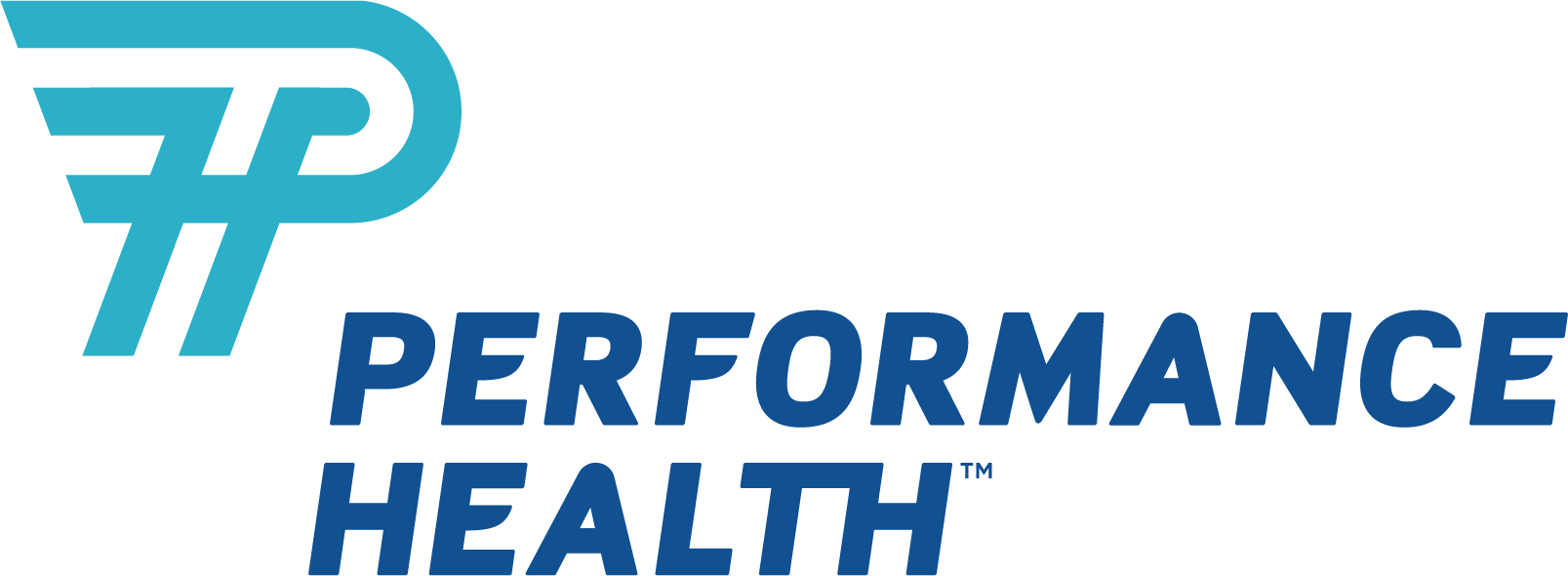






 France
France Australia
Australia
